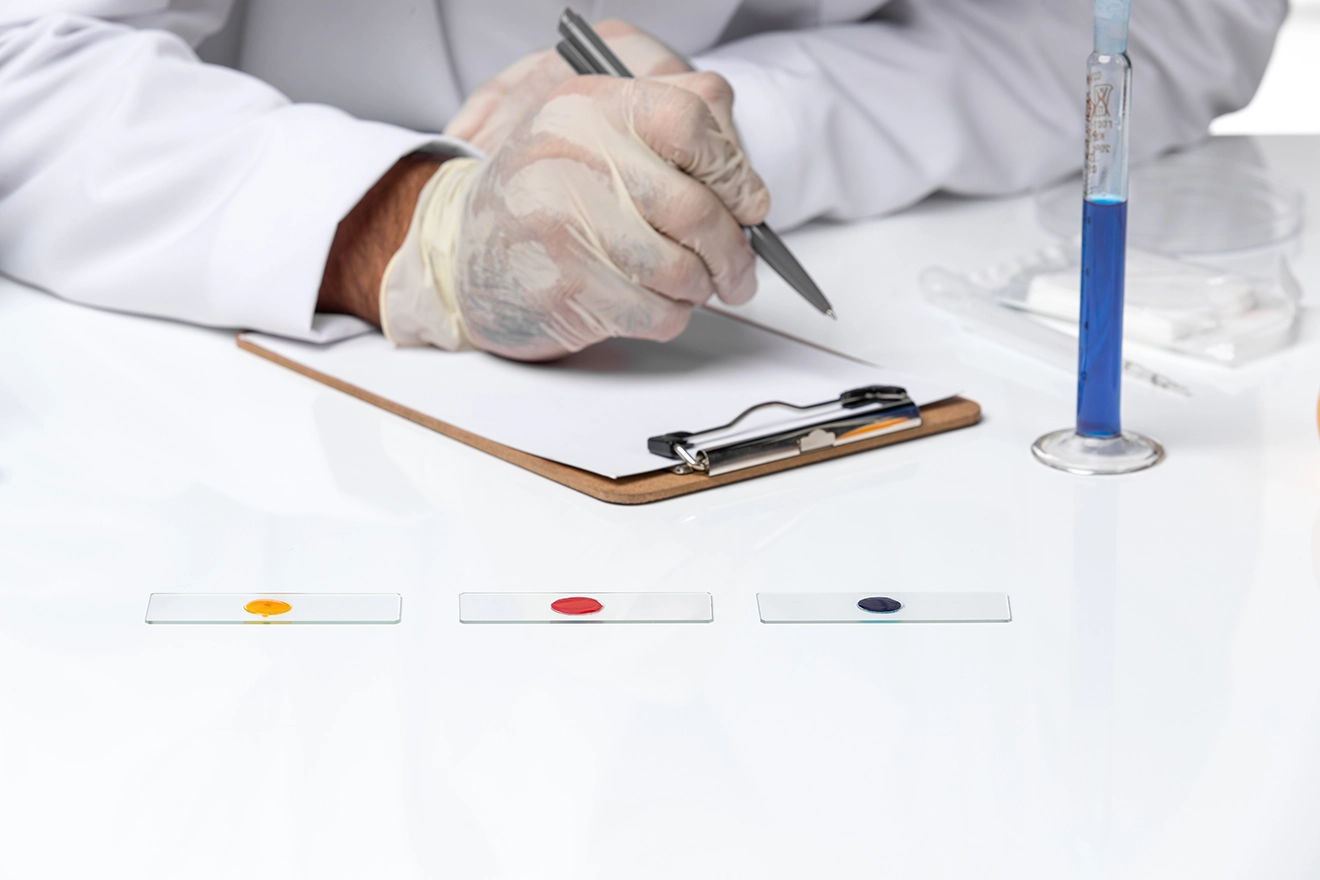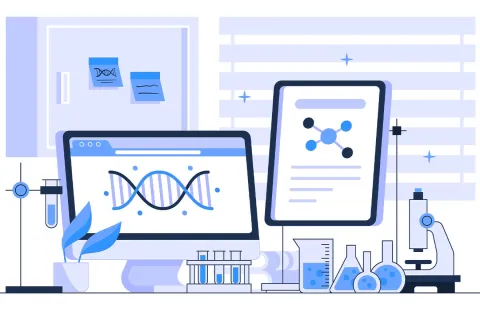
Staying compliant with regulations is essential, and it is becoming increasingly difficult for organizations as Regulatory expectations continue to evolve and are sometimes specific to Regulatory Medical Writing or particular programs. This is often challenging for organizations with relatively less Regulatory experience that they have gathered from occasional submissions and for those working on entirely new therapeutic areas with innovative treatment modalities and approaches, including novel delivery technologies.
Gap Analysis (GA) is an effective tool for determining deficiencies in implementing Regulatory expectations and/or standard procedures in the current Regulatory medical writing practices. It is a type of pre-submission assessment carried out by experts in the relevant field to ensure that the scientific documents in the Regulatory submission align with the current Regulatory requirements. It is also an opportunity to get your submission-ready documents validated by experts before filing the Regulatory submissions to avoid Refusal-to-File (RTF) or Refuse-to-Receive (RTR). Gap analysis of scientific documents encompasses an in-depth assessment of submission documents/modules, including checks of all the supporting data and reports for their adequacy and a high-level review of the pre-final dossier for Regulatory compliance.
Ensuring that the scientific documents and the dossier are updated in line with the project objectives and current Regulatory requirements is challenging. Therefore, conducting GA of Regulatory submission-ready documents/dossier is essential to avoid post-submission issues. The identified gaps can be mitigated by making the necessary changes/updates and including the required information/data in the dossier. This blog outlines the different steps and the general approach followed at Freyr for the review and GA of pharmaceutical Regulatory submissions.
A general approach for GA of submission-ready dossiers involves the following key aspects:
- A thorough evaluation of the entire dossier and the status of each document/module.
- Determining the adequacy of the information based on the program type.
- Evaluation of compliance with the current Regulatory requirements.
- Communication of identified gaps and possible mitigation strategies.
Our Regulatory experts typically follow an extensive checklist while performing the review and gap analyses of the documents. Experts from the scientific writing, Chemistry, Manufacturing, and Controls (CMC), clinical, and nonclinical domains carry out the review/gap analyses of documents specific to their respective areas of expertise. This ensures that the scientific information communicated through the documents is accurate and appropriate to the submission type and overall program objectives. Depending on the program’s complexity and anticipated Regulatory expectations, our team devises the right strategy for mitigating the identified risks.
The GA process is usually simple and short. Experts can complete this activity quickly and provide the most valuable feedback on Regulatory-submission-ready dossiers to avoid any unexpected RTF or RTR. Several small and medium-sized pharma and biotech companies with limited Regulatory experience but ambitiously working on simple to complex programs have immensely benefitted from our pre-submission gap analyses services. Adopting GA could avoid the anxiety about Regulatory queries, unnecessary approval delays, and potential loss of revenue. With Freyr’s proven track record of well-defined processes for scientific and related business imperatives, we assure you of best-in-class project delivery in a timely and quality-based manner. Contact us to learn more about our expertise!









